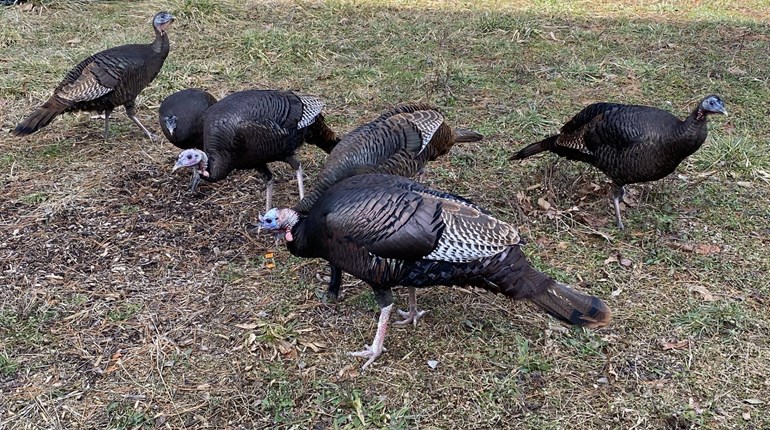
The National Shooting Sports Foundation (NSSF) announced in May that firearm and ammunition manufacturers have handed over more than $17 billion in excise tax contributions to the Wildlife Restoration Trust Fund since its inception in 1937. When adjusted for inflation, the total is more than $27.38 billion. The latest Firearms and Ammunition Excise Tax (FAET) Collection report by the Treasury Department indicates gun and ammo makers forked over more than $222 million in the fourth quarter of 2023 alone. The firearm and ammunition industry added $1 billion in conservation tax contributions in just one year. FAET contributions have totaled more than $1 billion annually for the past three years.
“The entire firearm and ammunition industry celebrates this milestone that demonstrates our commitment to wildlife conservation for all Americans,” said NSSF president and CEO Joe Bartozzi. “The firearm and ammunition industry knows the conservation of wildlife and the habitats in which they thrive are invaluable. They are critical to future generations taking part in hunting and the recreational shooting sports traditions and learning about their vital importance. This manufacturing industry, which produces firearms and ammunition for law-abiding citizens, also produces the funding upon which our wildlife depends and is vital for future generations to enjoy.”
The Wildlife Restoration Trust Fund—commonly known as the Pittman-Robertson fund—is funded by excise taxes paid by consumers who purchase firearms, ammunition and archery tackle. Those taxes are collected by manufacturers then handed over to the federal government. The excise tax is set at 11 percent of the wholesale price for long guns and ammunition and 10 percent of the wholesale price for handguns. It is paid by consumers and administered by manufacturers and importers and applies to all firearms produced or imported for commercial sales, including recreational shooting, hunting or self-defense. The tax is administered by the Alcohol and Tobacco Tax and Trade Bureau of the Department of the Treasury, which turns over the funds to the U.S. Fish and Wildlife Service (USFWS).
The USFWS administers revenue in a special account—the Wildlife Restoration Trust Fund—and makes it available to states and territories the year following collection of the revenue based on a statutory formula.




































